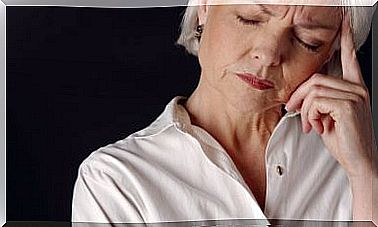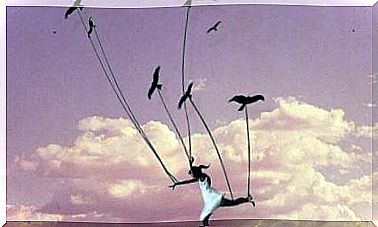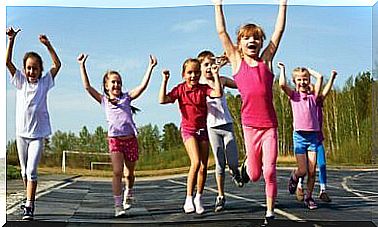Psychomotor Development – Intervention
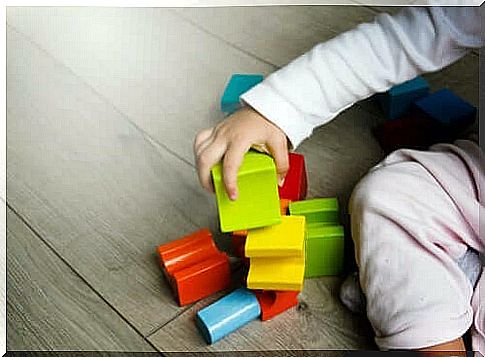
The concept of psychomotor development that is incorporated by our society is often blurred. Many people think that it is just a matter of making sure that children can move properly. However, it goes much further than that.
Psychomotor skills are, so to speak, the window to the world for a child in all its symbolic functions, both behavioral and cognitive.
Good psychomotor skills are usually the prelude to the proper acquisition of language and its proper use of communicating during interaction with others. Therefore, the concept of psychomotricity integrates the cognitive, emotional, symbolic and sensorimotor interactions of a child throughout their cognitive, motor and emotional development.
The interventions aimed at improving psychomotor skills, as you can see below, work with certain aspects of the following elements:
- Motor. Balance, laterality and coordination.
- Cognitive. Perception, representation and creativity.
- Affective-relational. Acquisition of boundaries, regulation of impatience, emotions and security.
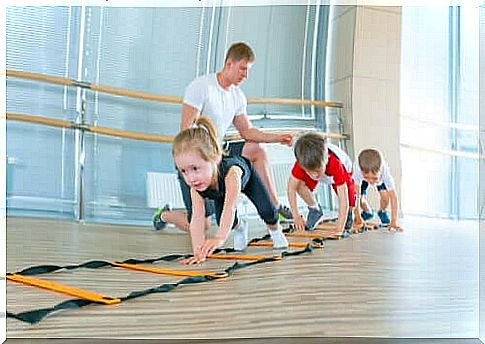
How to stimulate the ability to develop psychomotor skills
In early childhood education, psychomotor activity, or the bodily experience in relation to adults and peers, objects and spaces, is crucial for the proper development of children.
All activities that are oriented to develop psychomotor skills should therefore be attractive, varied, motivating, pleasurable and playful.
Today’s article discusses some basic ideas for proper psychomotor stimulation:
1. Space, materials and the role of adults
Materials must be varied and suitable for the child’s age. This is because both the educator and the space used in the classes must be part of the child’s activity. The most specified phases for creating a psychomotor space are the following:
- Room. It must be a safe environment, but at the same time it must be stimulating enough for them to develop the skills that interest them.
- Materials. The greater the range of materials in a classroom, the greater the child’s psychomotor development.
- The role adults play. A teacher must have the ability to see and listen and communicate both orally and non-verbally. In addition, their attitude and involvement are essential.
2. Well-structured sessions
In order for children to get the most out of psychomotor sessions, there must be a well-designed structure. Thus, teachers should plan in detail what kind of activities they will do during the session.
On the other hand, it is also good to let children improvise their activities sometimes. This space of freedom must not violate the basic norm; the teacher must be the leader at all times.
3. Play and play are important
Contrary to many people’s beliefs, play and games are some of the most useful activities children can do. It helps them with many, many things. For example, exploring the space around them and learning to follow rules. Also to experiment and create and interact with their peers.
There are different types of toys and games, and each of them plays a different role during psychomotor sessions. However, all of them can help you reach some goal. Thus, they should be one of the main tools for anyone who wants to promote the skills of children.
Psychomotor development in 0-3-year-olds
In the first years of life, a child develops psychomotor skills so that they become autonomous and able to form relationships with others.
In this section you will see how these skills develop during the first three years of life. This way, it will be easier for you to determine if a child’s evolution is normal.
0 to 9 months
- A child can lift his head when lying on his stomach.
- They can fix their gaze and follow the movements of an object or a person.
- They smile and respond to a stimulus.
- In addition, they can visually recognize their mother or caregiver.
- They respond positively to social interactions by making a kind of sound.
- They can turn from the abdominal position to the side and to an upside-down position.
- They can also smile and move their legs when they recognize someone.
- They know exactly who their caregivers are.
- A child can sit without support.
- They can stand with support.
- They also smile at their reflection and try to interact with it.
- They get upset and cry when their most important caregiver is out of sight.
- In the end, they are uncomfortable with strangers.
9 to 12 months
- At this stage, the child can sit and stand with support.
- They can crawl.
- They can also look for and find hidden objects.
- They can put objects in a container and also remove them.
- They can take their first steps while someone is holding them.
- In addition, they can have loving interactions with people.
- They respond to their name.
Warning signs at 12 months
- They cannot stand still without support.
- They cannot hold objects with both hands.
- They do not smile at famous people.
- They are not interested in their surroundings.
- They do not make sounds to get attention.
- Finally, they do not cry to protest the absence of their caregiver or people they are close to.
12 to 24 months
- At this stage, the child can stand upright and take a few unsupported steps.
- They can roll a ball like an adult does.
- They start using a spoon and grab it hard.
- They also start eating solid foods without any problems.
- They can freely handle construction toys.
- In addition, they recognize body parts.
- They are able to recognize unknown people who belong to their daily environment.
- They can recognize everyday objects such as spoons, towels and toys.
- They can also playfully imitate the movements of another person.
- They accept the absence of the parents, although they can protest when they leave.
- They can repeat the things they think are fun for those who catch their attention.
- In addition, they can explore and show curiosity about familiar objects.
- They can drink from a cup that they hold with both hands.
- A child may bend over to retrieve objects.
- They can recognize the areas in their usual environment at home, in a park, at school, etc.
- They can play with other children for short periods.
- They can also share items with other children when they request it.
- They may recognize some seasonal items such as clothes, shoes, etc.
Psychomotor development – warning signs at the age of two
- The child does not walk.
- They can not point to the main parts of their body.
- They never turn to other children and show no interest in playing with them.
- They do not recognize the various familiar areas such as the kitchen, bathroom, bedroom, etc.
- They are unable to emulate the actions of adults.
- Finally, they do not respond to their name.
24 to 30 months
- Here a child can jump with both feet.
- They can throw a ball with their hands and kick it.
- They can take off their shoes and open their trousers.
- They can also use a spoon and a fork and drink from a cup without spilling.
- They can go on the potty under supervision.
- They can easily move through the usual rooms at home and at school.
- In addition, they can identify some changes in nature that correspond to the different seasons.
- They can recognize famous people in photographs and play with other children.
- They can distinguish people, animals and plants in pictures.
- Finally, they can say hello to familiar children and adults when asked.
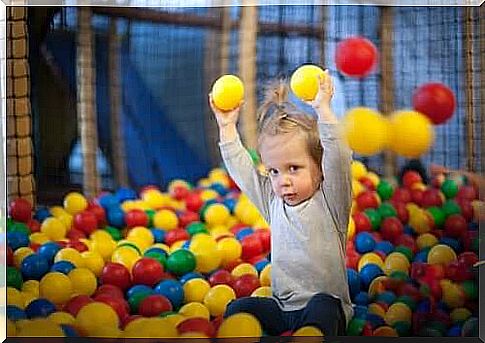
Psychomotor development from 24 to 36 months
- In this last stage of psychomotor development, a child can perform manual manipulation activities such as screwing and mounting.
- They can run and jump with a little control.
- They can ask to go to the potty when they need it.
- They also begin to show preferences for some of the children in the kindergarten.
- They can show love to younger children and pets.
- Finally, they know the social rules and habits of the groups to which they belong.
Warning signs in a three-year-old child
- They pee in their pants.
- They cannot respond to simple commands.
- Nor can they identify images.
- They stay isolated and are not curious about things.
- In addition, they do not speak in full sentences.
- They cannot mimic simple movements.
Keep in mind that all of these warning signs are nothing but clues that should get your attention, so that, if deemed necessary, you can consult a specialist who can help your child increase certain abilities.
However, do not worry too much if your child has not yet reached the developmental milestones for his age. With timely intervention, most of their cognitive developmental delays can be repaired.

